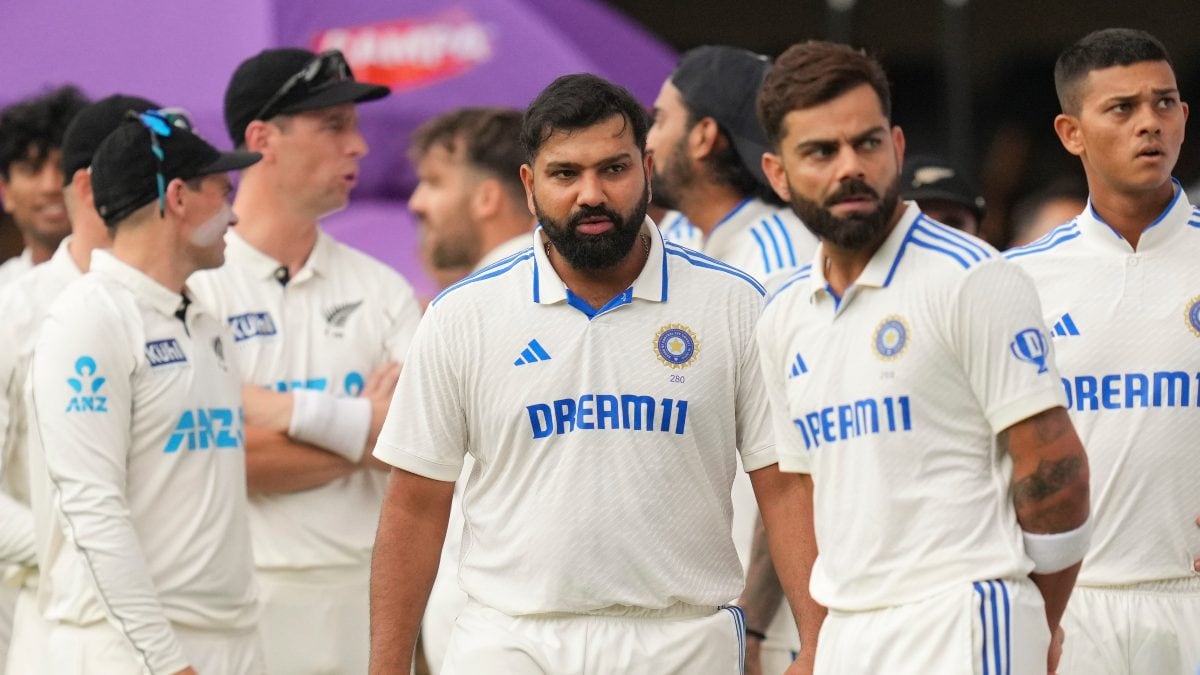

The landscape of Indian Test cricket is undergoing a seismic shift with the reported retirement of Virat Kohli from the format, closely following Rohit Sharma's recent announcement to step away from Test cricket. The departure of these two stalwarts, who have collectively led the Test team for nearly 11 years, creates a significant void in terms of leadership, experience, and sheer batting prowess.
Virat Kohli, arguably one of the greatest batsmen of the modern era, has had an illustrious Test career. In 123 Tests, he has amassed 9,230 runs at an average of 46.85, including 30 centuries. He also holds the record for being India's most successful Test captain, with 40 wins in 68 matches. Rohit Sharma, on the other hand, has played 67 Tests, scoring 4,301 runs at an average of 40.57, with 12 centuries. He captained India in 24 Tests, securing 12 victories.
Their absence will undoubtedly have a multifaceted impact on India's Test fortunes going forward. The most immediate impact will be on the batting lineup. Kohli and Rohit have been the backbone of the Indian batting order for over a decade, and their experience in negotiating challenging conditions and high-pressure situations is invaluable. Without them, the onus will be on the younger batsmen like KL Rahul, Shubman Gill, and Yashasvi Jaiswal to step up and shoulder the responsibility. While these players have shown promise, they lack the consistency and proven track record of Kohli and Rohit, particularly in overseas conditions.
Moreover, the leadership vacuum left by Kohli and Rohit is a major concern. Kohli's aggressive and passionate captaincy style has been instrumental in India's success in Test cricket over the past few years. Rohit, despite a relatively short tenure as captain, has also demonstrated tactical acumen and a calm demeanor. With both of them gone, the selectors are likely to hand over the reins to a younger leader, with Shubman Gill being a potential frontrunner. While Gill is undoubtedly a talented player, captaining a Test team is a different ball game altogether, and he will need time to grow into the role.
The timing of these retirements is also significant. India is scheduled to play a challenging five-Test series in England starting in June 2025. England, with their strong pace attack and favorable home conditions, will pose a stern test for the relatively inexperienced Indian batting lineup. The absence of Kohli and Rohit will make the task even more difficult, and India will need to rely on their bowlers to deliver the goods. Jasprit Bumrah, Mohammed Shami, and Mohammed Siraj will have to lead the charge and ensure that India remains competitive in the series.
However, this transition also presents an opportunity for new talent to emerge. Players like Sai Sudharsan, Abhimanyu Easwaran and Nitish Kumar Reddy, who have been performing well in domestic cricket, could get a chance to showcase their skills on the international stage. This injection of fresh blood could bring a new dynamism to the Indian Test team and help them evolve in the long run.
Ultimately, the impact of Rohit Sharma and Virat Kohli's absence on India's Test fortunes will depend on how the team management and the players respond to this transition. It will require a collective effort from the senior players to guide the youngsters, and the youngsters to seize the opportunities that come their way. While there may be some short-term challenges, this could also be the start of a new era for Indian Test cricket, with a new generation of players ready to take center stage.